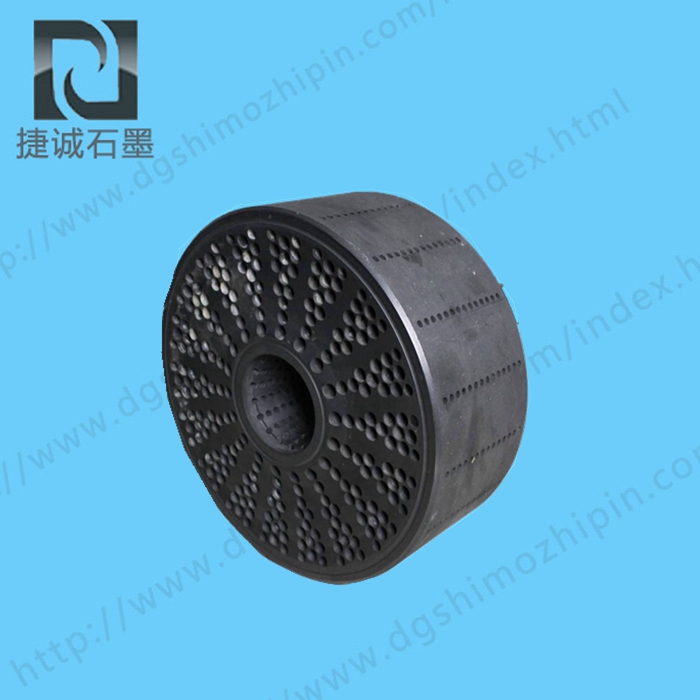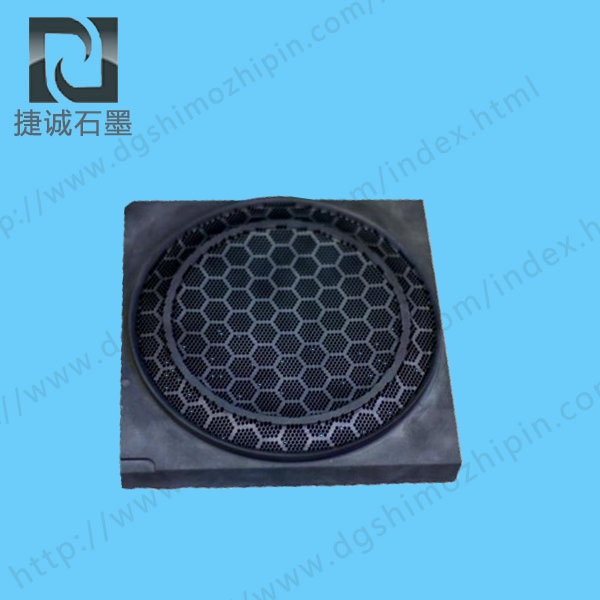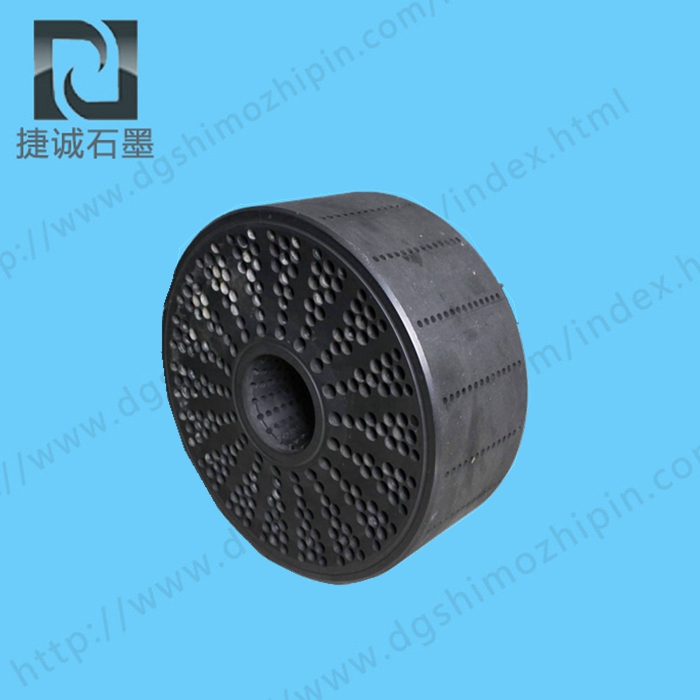


Jebsen graphite mould
(1) Good conductivity (second only to copper and aluminum)
(2) Good thermal conductivity (about 1 / 3 of copper, 1 / 2 of aluminum and 2 times of steel at room temperature)
(3) The coefficient of thermal expansion is particularly low
(4) The strength increases at high temperature and increases about twice at 2500 ℃. (compressive strength ≈ 2 times of compressive strength)
(5) Chemical stability; Under the condition of no gas protection in vacuum, it is gasified at 2200 ℃, oxidized at 450 ℃ in air, and oxidized at 700 ℃ in steam.
(6) Jebsen graphite mold has good lubricity, slight wear and self-lubricating characteristics.
(7) It has high plasticity and metallic luster.
(8) Jiecheng company undertakes the processing and production of various graphite mold products.
Also known as graphite anode rod, it has high temperature resistance, good electrical and thermal conductivity, easy machining, good chemical stability, acid and alkali corrosion resistance, and low ash content. It is used for electrolyzing aqueous solution, producing chlorine, caustic sodium, and electrolyzing common salt solution to produce alkali; For example, the application of graphite anode rod can be used as a conductive anode for electrolytic salt solution to produce caustic soda, and also can be used for sewage treatment in chemical, electronic and textile industries. According to different materials, it can be divided into ordinary graphite rod, high-purity graphite rod and isostatic pressure graphite rod.
Tel: 13922517582 Li Sheng